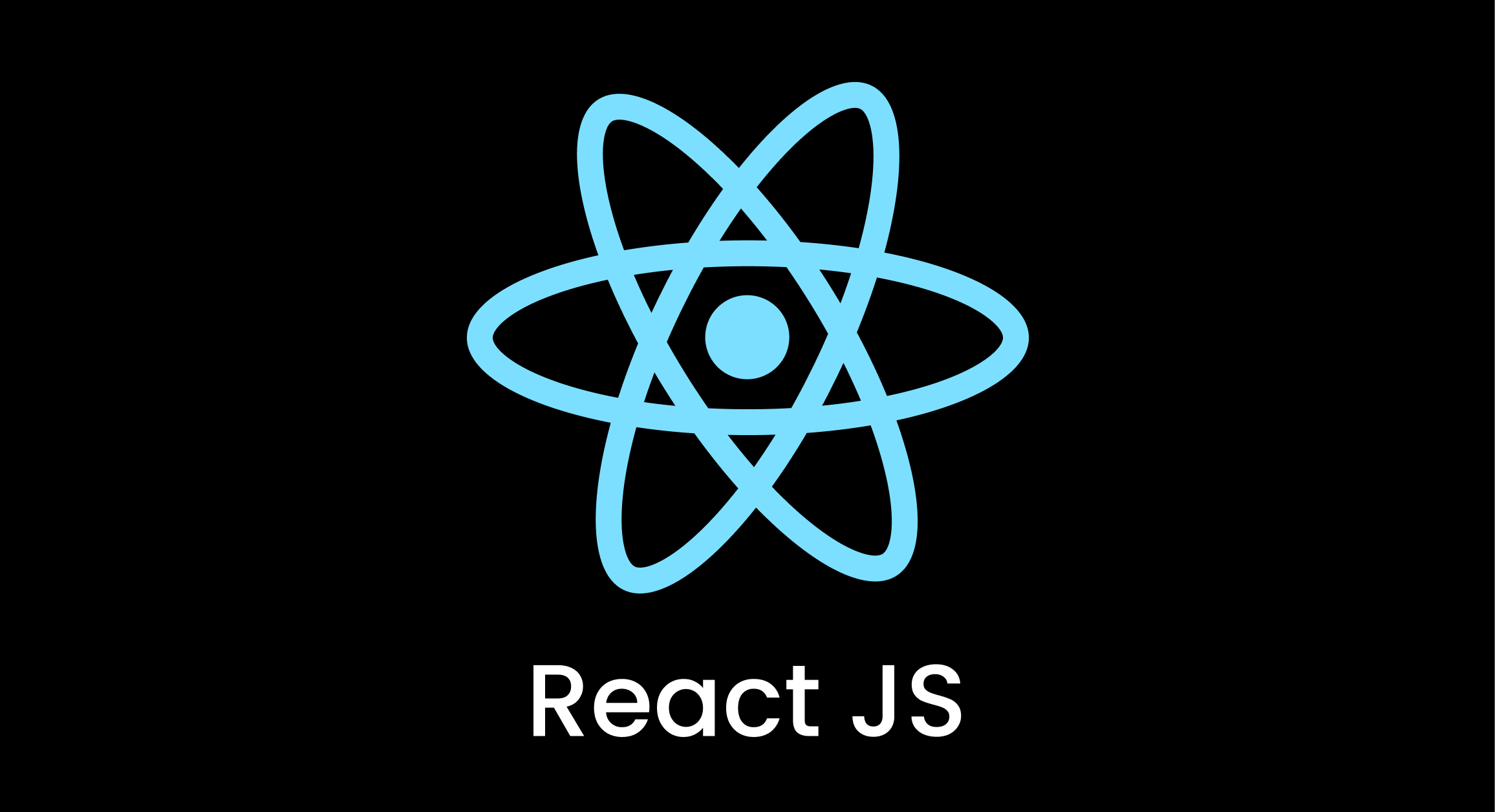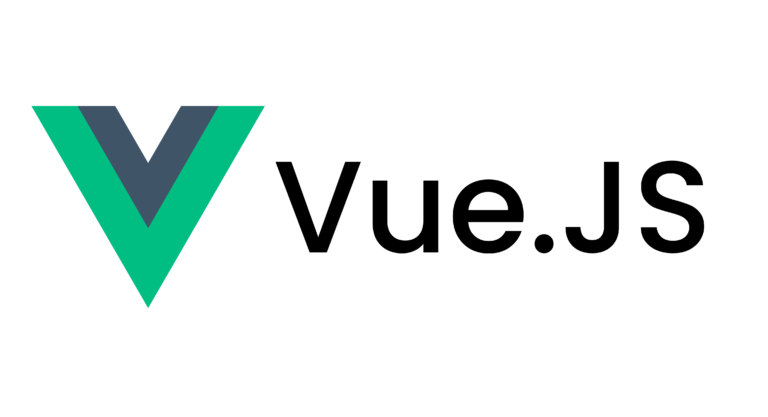As we enter 2023, the world of web development continues to evolve at a rapid pace. The future of web development looks promising with advancements in technologies like artificial intelligence, progressive web apps, and web assembly, enabling developers to create faster, more intelligent, and more interactive web experiences. One framework that has been steadily gaining popularity in recent years is React. Developed by Facebook, React is a JavaScript library for building user interfaces. It has become a go-to choice for many developers due to its efficiency, flexibility, and ease of use.
This article will explore why React.JS continues to reign supreme in 2023. And why it should be considered for building better interfaces. We’ll dive into its advantages, potential drawbacks, and learning steps for beginners interested in this robust framework. So, let’s get started and explore how React.JS can help you build better interfaces.
Why use React in 2023?
- Large community support: React has a large and active community of developers who contribute to its development and provide support through forums, blogs, and social media. This means developers can quickly find help, resources, and solutions to common problems.
- High demand for React developers: React is widely used by companies of all sizes, from small startups to large enterprises. Therefore, there is a high demand for React developers, meaning learning React can open up new career opportunities.
- Component-based architecture: React’s component-based architecture makes creating reusable UI components easy, saving time and effort when developing complex applications.
- Performance optimization: React’s Virtual DOM feature allows for efficient updates and rendering of UI components, which results in faster application performance.
- Versatility: React can be used for developing web applications, mobile applications, and even desktop applications. React Native, a popular framework for building mobile apps is built on top of React and provides an efficient way to develop cross-platform mobile applications.

Pros and Cons
React is a powerful JavaScript library for building user interfaces that come with a host of advantages. But also has some potential drawbacks to consider. Let’s take a closer look at the pros and cons of using React in web development. To help you decide if it’s the right choice for your project.
Pros of React:
- Reusable Components: React’s component-based architecture makes it easy to create reusable UI components. Which saves time and effort when developing complex applications.
- Performance: React uses a Virtual DOM, which reduces the amount of direct interaction with the actual DOM, making updates faster and more efficient.
- Large Community Support: React has a large and active community of developers who contribute to its development and provide support through forums, blogs, and social media.
- Cross-platform: React can be used for developing web applications, mobile applications, and even desktop applications.
- Testing: React has a robust testing framework, making it easier to test and debug applications.
Cons of React:
- Steep Learning Curve: The React library has a steep learning curve, particularly for beginners new to JavaScript.
- Complex State Management: State management can become complex in React, particularly for large applications.
- Limited Focus: React is mainly focused on the view layer. And it only offers a partial solution for developing a complete application.
- JSX Syntax: The JSX syntax used in React can be difficult for developers unfamiliar with it.
- Tooling: React requires several different tools and libraries to be installed, making the development environment complex to set up.
Steps To Learn React
If you’re a beginner looking to learn React, here are some steps you can take:
- Learn the Fundamentals of JavaScript: React is built on top of JavaScript. So it’s essential to understand JavaScript fundamentals, including variables, data types, functions, arrays, and objects.
- Learn the Fundamentals of HTML and CSS: React is primarily used for building user interfaces. So having a basic understanding of HTML and CSS is essential.
- Get Familiar with React Concepts: Before diving into React, get familiar with some core concepts, such as components, props, state, and JSX.
- Follow Tutorials: There are plenty of free online tutorials and courses that can help you learn React. Some popular websites to get started include React’s official documentation, Udemy, FreeCodeCamp, Codecademy, and YouTube.
- Build Your Own Projects: Once you have a good understanding of the basics, start building your own projects. This will help you gain practical experience and develop your skills.
- Join a Community: Joining a community of other React developers can be beneficial in terms of getting feedback, support, and learning from others’ experiences. You can join Facebook Groups, Reddit communities, and other forums to connect with other developers.
- Practice, Practice, Practice: Learning React takes time and practice, so keep building projects and experimenting with new concepts to improve your skills.
Conclusion
In conclusion, React has proven to be a powerful and versatile framework for building user interfaces in 2023. Its component-based architecture, virtual DOM feature, and large and active community make it a popular choice among developers. However, as with any technology, there are potential drawbacks, such as a steep learning curve and performance issues.
Overall, React is a valuable tool for building better interfaces. But it’s essential to evaluate its pros and cons to determine if it’s the right choice for your project. If you’re interested in learning React.JS, follow the steps outlined in this article. Get started and discover the power of this fantastic framework for yourself.
Let’s find the best React.JS developer for your next project!





